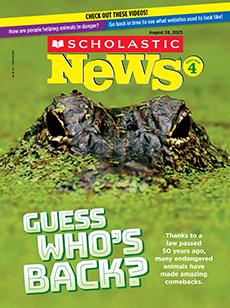These resources are aligned to social justice standards developed by Learning For Justice.
Diversity 8 DI.3-5.8
I want to know more about other people’s lives and experiences, and I know how to ask questions respectfully and listen carefully and non-judgmentally.
Justice 11 JU.3-5.11
I try and get to know people as individuals because I know it is unfair to think all people in a shared identity group are the same.
Justice 15 JU.3-5.15
I know about the actions of people and groups who have worked throughout history to bring more justice and fairness to the world.
A list of all social justice standards are available here.

